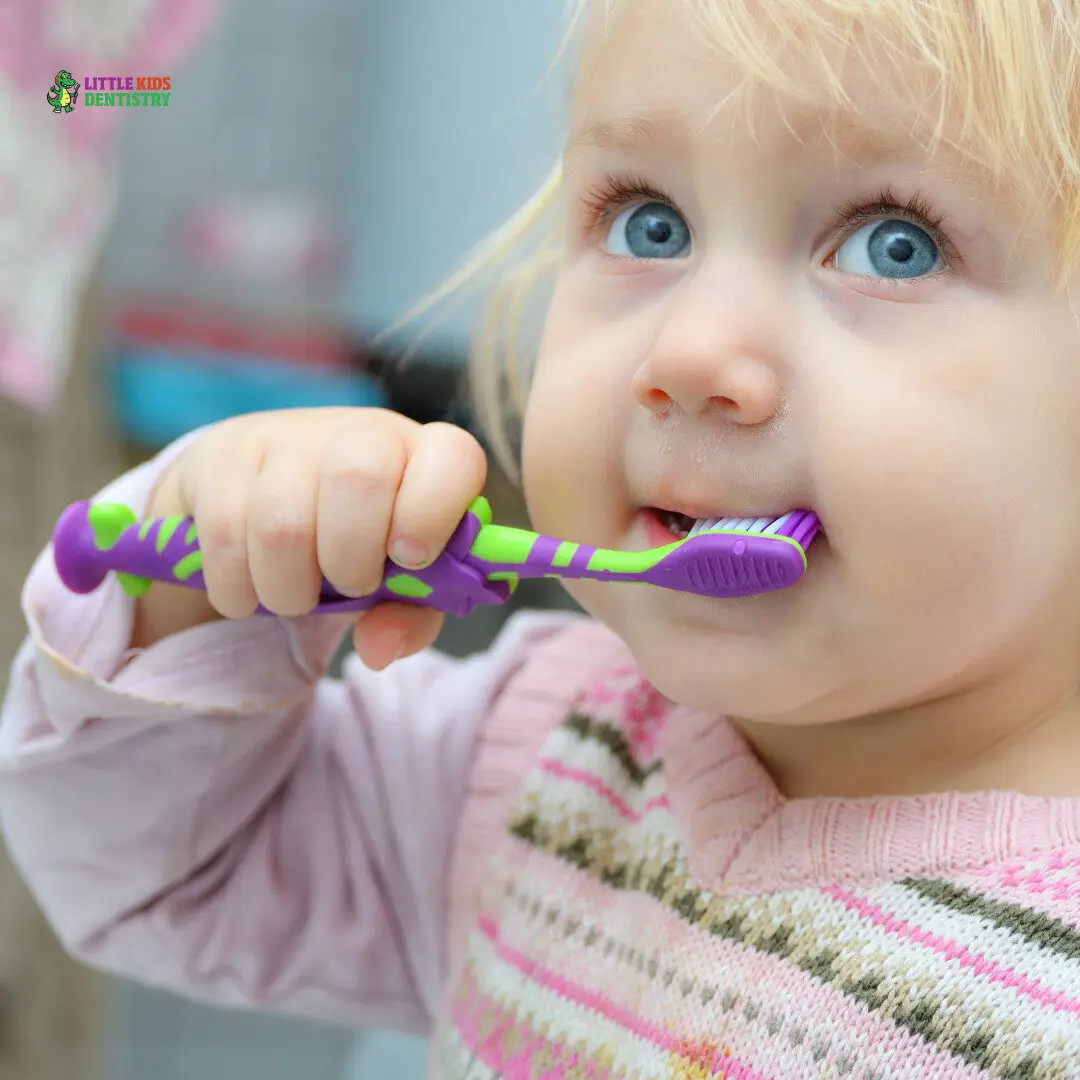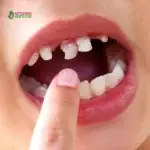A bright smile starts early — and in 2025, dental care for children is smarter, gentler, and more fun than ever before. From high-tech tools to kid-friendly offices and creative education techniques, children’s dentistry has transformed into a space where little smiles are nurtured with care and confidence.
Whether your child is just getting their first tooth or gearing up for a school dental exam, this guide will walk you through everything you need to know to protect their smile and encourage lifelong healthy habits.
1. Why Early Dental Visits Matter
According to the American Academy of Pediatric Dentistry, your child should visit the dentist by their first birthday or within 6 months of their first tooth erupting.
Why so early? Because baby teeth:
- Help your child chew and speak properly
- Hold space for adult teeth
- Can still get cavities that cause pain or lead to infection
Early visits also help kids build comfort with the dental office and allow dentists to monitor growth and development.
Pro Tip: Make the first visit fun! Choose a pediatric dentist who uses gentle language, kid-sized equipment, and fun visuals to create a stress-free experience.
2. Daily Dental Habits for a Healthy Smile
Building daily habits at home is the foundation of great oral health. Here’s what your child’s routine should include:
🪥 Brushing Twice a Day:
Use a soft-bristled toothbrush and fluoride toothpaste. For kids under 3, use a rice-sized amount; for older kids, use a pea-sized amount. Supervise until age 6 or when they can tie their shoes.
🦷 Flossing Once a Day:
Start flossing as soon as two teeth touch. Floss picks can be easier for little hands!
🥕 Healthy Snacking:
Crunchy fruits and veggies like apples and carrots help clean teeth naturally. Avoid sticky, sugary snacks that linger on teeth and feed cavity-causing bacteria.
🚫 Limiting Sugary Drinks:
Water is the best drink for your child’s smile. Avoid juice, soda, and flavored milks, especially between meals or at bedtime.
3. What’s New in Kids Dentistry in 2025?
Dental care is no longer just about checkups and fillings. It’s about creating positive, educational, and personalized experiences that kids actually enjoy.
Here are some of the top trends for 2025:
✅ Smart Toothbrushes
Toothbrushes with sensors and fun apps that guide kids through brushing, track their technique, and give them scores.
✅ Laser Dentistry
Less drilling, less noise, and less discomfort. Laser dentistry is being used for cavity treatment, frenectomies (tongue-tie), and gum care — with no needles needed!
✅ Teledentistry
Need a quick check-in or second opinion? Many pediatric dentists offer video consultations for non-emergency concerns, saving you time and helping with early detection.
✅ Fun & Friendly Clinic Design
Bright colors, themed rooms, and interactive waiting areas help reduce dental anxiety. Offices often feature screens on the ceiling for cartoons, headphones, and prize boxes for brave patients.
4. Preventing Cavities: Sealants & Fluoride
Even with great brushing, back molars can be hard to clean. That’s where dental sealants come in.
🛡 Sealants are thin, protective coatings applied to the chewing surfaces of molars to prevent food and bacteria from causing decay. They are quick, painless, and highly effective.
💧 Fluoride strengthens tooth enamel and can reverse early signs of decay. Your child’s dentist may apply fluoride varnish during checkups or recommend supplements based on your local water supply.
5. Orthodontics: When to Start Watching
It’s never too early to start monitoring how your child’s teeth and jaws are developing. The American Association of Orthodontists recommends an evaluation by age 7 — even if braces aren’t needed yet.
What the dentist or orthodontist checks for:
- Overbites or underbites
- Crowding or spacing
- Early loss of baby teeth
- Speech or chewing problems
Early interventions (like expanders or space maintainers) can make future treatment shorter and easier.
6. Managing Dental Anxiety in Kids
Dental fears are real — but manageable with the right care and environment. Pediatric dentists are trained to help kids feel safe and supported.
Ways dentists reduce anxiety:
- “Tell-Show-Do” technique (explaining everything step-by-step)
- Friendly, gentle language
- Positive reinforcement (stickers, toys, praise)
- Distraction with videos, music, or toys
Parents can help by:
- Talking positively about the dentist
- Reading dental storybooks
- Scheduling morning appointments when kids are well rested
7. The Link Between Oral and Overall Health
Did you know oral health is closely connected to your child’s overall health?
Cavities and gum issues, if untreated, can lead to:
- Difficulty eating and sleeping
- Speech delays
- Self-esteem challenges
- Infections that affect other parts of the body
Good dental care supports nutrition, speech, confidence, and school performance. It’s truly a key part of growing up healthy.
8. Choosing the Right Pediatric Dentist
Not all dentists are the same — and for kids, a pediatric specialist can make all the difference.
Look for a practice that:
- Focuses exclusively on children and teens
- Has a welcoming, child-friendly office
- Offers sedation options if needed
- Takes time to explain and educate
- Provides emergency dental care
Also check if they speak your preferred language, offer flexible scheduling, and are in-network with your insurance provider.
9. What Parents Are Asking in 2025
“Is it okay if my toddler uses a pacifier?”
Yes, but prolonged use after age 3 can affect jaw development and tooth alignment. Talk to your dentist about safe weaning strategies.
“Should I be worried about thumb sucking?”
Many kids outgrow it by age 4. If it continues after permanent teeth start coming in, your dentist may recommend gentle habit-breaking tools.
“What’s the best toothpaste for kids?”
Look for one with fluoride and the ADA seal of approval. For children under 6, choose low-foam, mild flavors to make brushing more pleasant.
10. Building Healthy Smiles for Life
Your child’s dental health journey starts with tiny teeth — but the habits and attitudes they form now can last a lifetime.
Here’s how you can support their smile every day:
- Make brushing and flossing fun (songs, charts, games)
- Visit the dentist every 6 months
- Choose tooth-friendly snacks
- Set a great example by caring for your own smile
When oral care is positive and consistent, your child learns to see it not as a chore — but as a normal, empowering part of life.
Final Thoughts
Children’s dentistry in 2025 is more advanced, inclusive, and child-focused than ever before. With a mix of technology, compassion, and creativity, today’s dental professionals are building bright futures — one tiny tooth at a time.
Start early, stay consistent, and find a dental home that your child loves. A lifetime of confident smiles begins with the care you give today.










